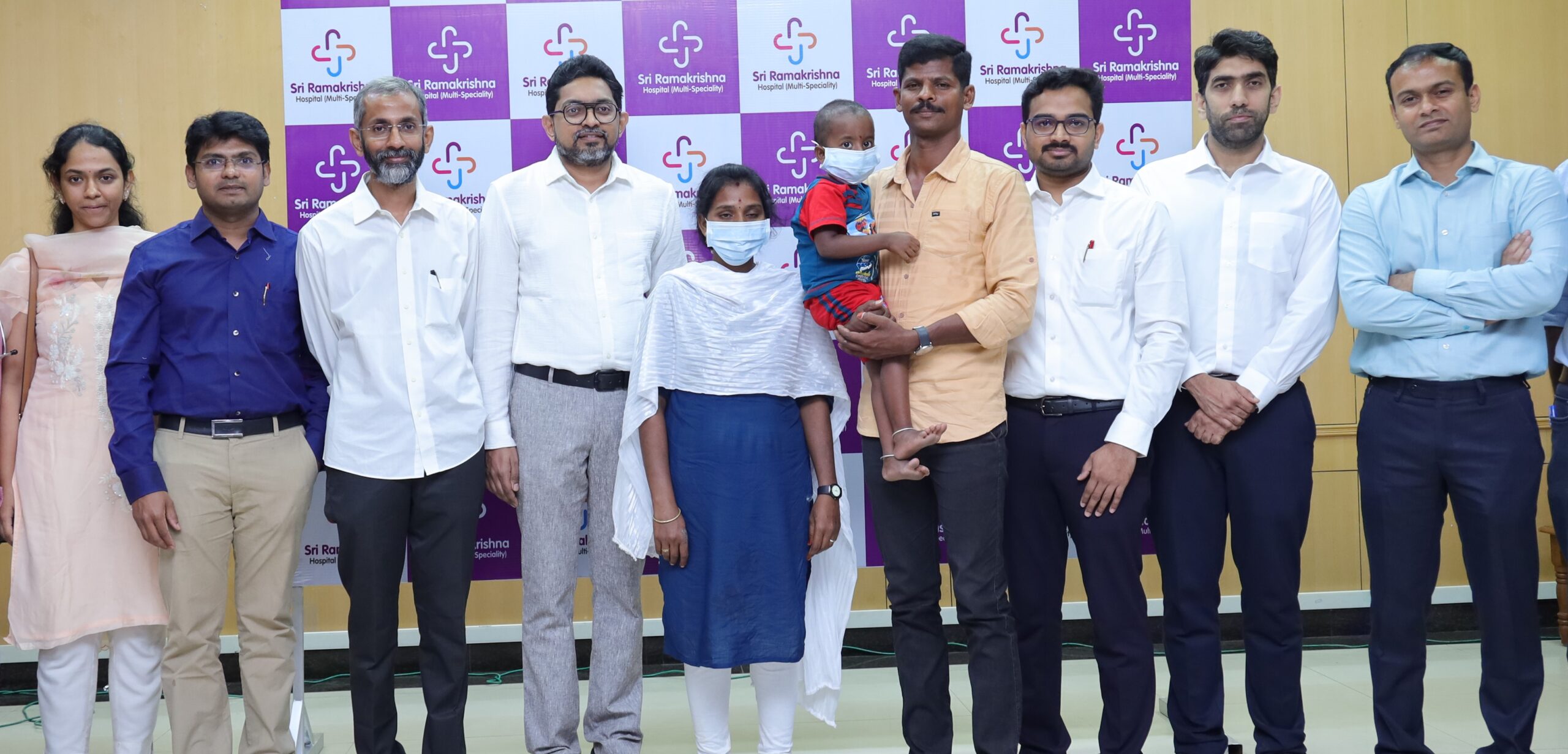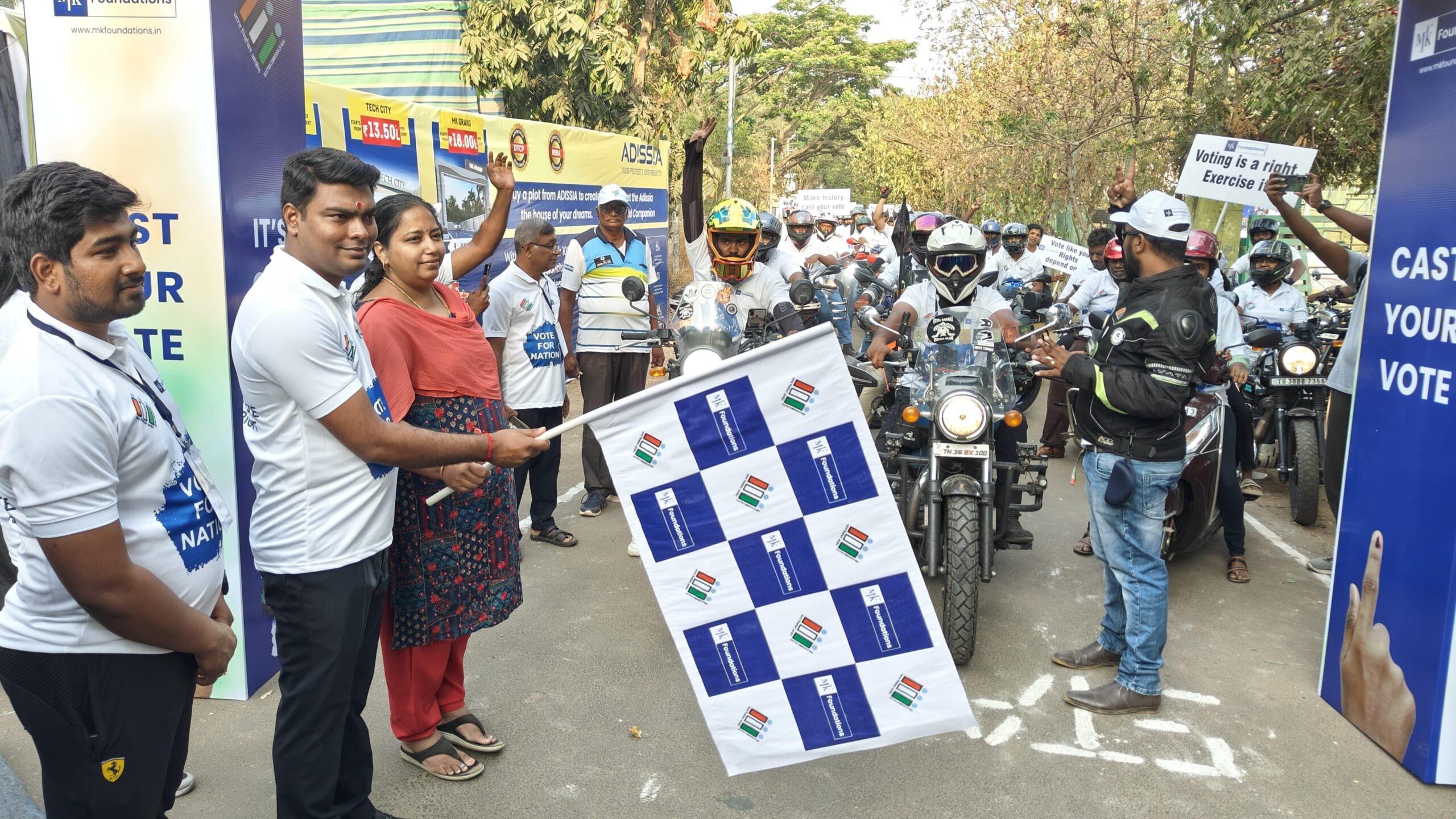Trending Now
- 830 voters names go missing in Kavundampalayam constituency
- If BJP comes to power we shall consider bringing back electoral bonds: Nirmala Sitaraman
- Monitoring at check posts between Kerala and TN intensified as bird flu gets virulent in Kerala
Coimbatore
Celebrating the spirit of Coimbatore on Coimbatore Day
![]() November 24, 2015
November 24, 2015
Popularly known as the ‘Manchester of South India’ modern day Coimbatore is a hub for education, health care and entrepreneurship. What better day if not on Coimbatore Day can we turn back time and remember the great minds and the kind hearts who made Coimbatore city what it is today?
History enthusiast and son of the Coimbatore soil, Rajesh Govindarajulu told Covai Post that It was on this day November 24 in 1804 that Coimbatore was elevated as district headquarters. Thus, we celebrate Coimbatore Day.
“Coimbatore then was ruled by seven dynasties- Cheras, Cholas, Pandyas, Chalukyas, Rashtrakutas, Pallavas and Vijayanagara dynasty. Tipu Sultan was the last ruler to rule Coimbatore region. This was in 1799. A few years later in 1904, Coimbatore region became a part of the English East India Company under the Madras Presidency and it was on November 24 1804 Coimbatore along with 10 taluks from Kollegal (currently in Karnataka) to Palakkad (currently in Kerala) Coimbatore was created.” Rajesh says.
This was followed by Coimbatore being ruled by the English East India Company and after 40 years of ruling this region, Coimbatore was nationalized by the British Crown.
The sleepy village of Koyampudur was transformed and there are many factors and people who contributed towards the growth of this region. River Noyyal solved the water woesof the people of this region and availability of black cotton soil made it suitable to grow cotton and the geographical location of Coimbatore city made Coimbatore region easily accessible by the entire south.
All this proved to be a blessing. During the 19th century when plantation estates came about the neighbouring Nilgiris district developed.
Between the years 1921 and 1936, under the Chairmanship of Rathinasabapathy Mudaliar, infrastructure in Coimbatore region developed. He also takes credit of bringing electricity to this region from Pykara Dam. RK Shanmukham Chetty, who served as Finance Minister at the Centre, played the role of a catalyst as he connected entrepreneurs of Coimbatore region with the whose-who of India.
From 1930 to 1970 bus services developed in Coimbatore region. G D Naidu among others owned and ran bus transport companies in Coimbatore region then. Similarly, Thondamuthur Trading Company also ran its bus services.
In the year 1895 Frazer introduced the bicycle to Coimbatorians. G Rangaswamy Naidu, made several trips to Avinashi from Coimbatore on his bicycle for his cotton business. The four brothers of PSG & Sons group cycled from Coimbatore to Erode and back. Since time immemorial, fellow Coimbatorians have had the reputation of taking advantage of technology and innovation.
In the 1930 when the cotton business in Bombay (Mumbai now) failed, Coimbatore region became a thriving market for cotton. Weavers from Coimbatore region weaved fabric that was worn by probably the entire nation. In the 1930s, 40s and 50s industries that manufactured machinery spare parts came into being. It was during this time that D Balasundaram founded Textool.
The Coimbatore of yesteryears was not lagging in entertainment industry. In 1914, Delight Theatre aka Variety Hall Theatre which is the country’s second oldest theatre opened its doors to the public. It was during the 1930s, 40s and the 50s several films were made under the Jupiter Pictures banner by Sriram Naidu. This automatically put Coimbatore region on the map of the tinsel world.
Man with a Midas touch P A Raju Chettiar made innovations with the yellow metal and it was in the year 1917 that he pioneered in Hallmarking jewellery. Nicknamed the Birla of the south, R Venkataswami Naidu founded Coimbatore Institute of Technology (CIT) College, Madras Aluminium Company and South India Viscose.
Entrepreneur G K Devarajulu founded Lakshmi Machine Works (LMW). T A Ramalingam Chettiar who is father of Indian cooperative movement also hails from Coimbatore region. Kovai Subri was from Coimbatore region and he was an active participant in India’s freedom movement.
A P Thiruvengadasamy Mudaliar who served as Coimbatore Municipal Corporation Chairman also introduced several reforms. Arogyaswamy Pillai was the apple of Covai’s eye as he constructed the first eye hospital in Coimbatore city.
While V C Vellingiri Gounder takes credit of bringing in the agricultural revolution to this region, S R P Ponnusamy Chettiar is remembered for helping entrepreneurs develop their business beyond the borders of Coimbatore region. Professor G R Damodaran is responsible for bringing education to the masses and Avinashilingam Chettiar promoted education for women.
C.M. Ramachandran Chettiar is remembered for bringing to the modern world the history of Coimbatore region through his literary works. His 120 page book titled ‘Ithuvo Engal Kovai’ has a mention of Coimbatore Day.
The period between 1850 and 1950 is still regarded as the Golden Era of Coimbatore as it was during that time that the foundation of the Coimbatore city that was built. The foundation is laid strong by the people of the yesteryears.























